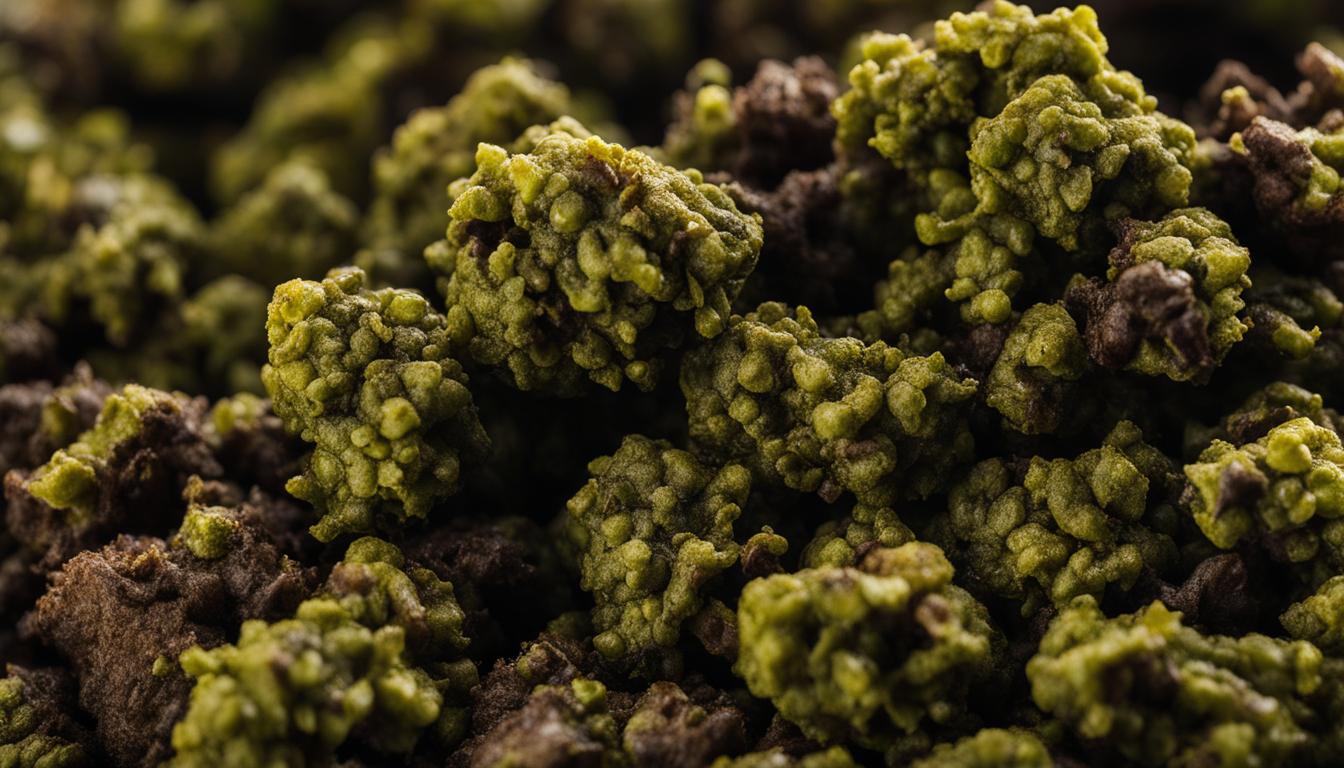Understanding Cat Allergies
Cat allergies can be a source of discomfort for individuals who are sensitive to allergens. It’s important to understand the causes and symptoms of cat allergies in order to effectively manage and address them.
Causes of Cat Allergies
The main culprit behind cat allergies is a protein called Fel d 1, which is produced by all cats and originates in a cat’s saliva. When cats groom themselves, this protein spreads to their fur and skin. Additionally, Fel d 1 is also found in cat dander, which consists of dead skin cells shed by cats (Pumpkin). The presence of Fel d 1 in a cat’s urine further contributes to the allergenic potential of cats.
Contrary to popular belief, there are no truly allergen-free or “hypoallergenic” cat breeds. While some breeds may produce lower levels of Fel d 1 compared to others, all cats produce allergens to some extent. Individual cats, regardless of breed, can also exhibit variations in the production of Fel d 1 (Purina Institute).
Common Symptoms of Cat Allergies
The symptoms of cat allergies can vary from mild to severe, and they typically manifest as allergic reactions. Common symptoms include:
- Sneezing
- Runny or stuffy nose
- Itchy or watery eyes
- Coughing
- Wheezing or difficulty breathing
- Itchy skin or rash
- Hives or swelling of the skin (PetMD)
It’s important to note that cat allergies can also trigger asthma symptoms in individuals with asthma. If you suspect that you or someone in your household may have cat allergies, it’s recommended to consult with a healthcare professional for proper diagnosis and guidance.
To manage cat allergies, there are various approaches such as grooming practices, bathing techniques, and environmental modifications. These strategies can help reduce exposure to allergens and alleviate symptoms. For more information on managing cat allergies, refer to our section on Managing Cat Allergies. Understanding cat allergies is the first step towards creating a comfortable environment for both allergy sufferers and their feline companions.
Hypoallergenic Cat Breeds
For individuals with cat allergies, hypoallergenic cat breeds offer a potential solution to enjoy the companionship of feline friends without triggering allergic reactions. While no cat breed is completely allergen-free, certain breeds are known to produce fewer allergens or have coats that are less likely to trigger allergies. Let’s explore some popular hypoallergenic cat breeds:
Siberian Cats
Siberian cats are often considered hypoallergenic due to their triple coat, which is believed to produce relatively little of the Fel d 1 allergen compared to other cats. However, it’s important to note that scientific evidence supporting this claim is limited. The thick coats of Siberian cats do not mat or tangle easily, requiring only weekly brushing for maintenance. These cats are known to be low in the protein that causes most allergies, making them a good option for individuals with cat allergies, although not completely free of the protein (Quora). The Cat Fanciers’ Association recommends spending time with a Siberian cat before adoption to assess potential allergic reactions (Hill’s Pet).
Siamese Cats
Siamese cats are also considered to be a low-allergen breed, although scientific evidence supporting this claim is lacking. They have a low-maintenance coat that sheds minimally and typically requires weekly brushing. However, their love for being around humans might still trigger allergies in some individuals. Siamese cats are known for being social animals and have been reported to produce fewer problems with allergies compared to other cat breeds, as experienced by some individuals who adopted Siamese kittens (Quora).
Bengal Cats
Bengal cats, despite producing the same amount of Fel d 1 allergen as other breeds, can be a good option for individuals with allergies. They have a low-maintenance and low-shed coat, which reduces the amount of allergens present. Bengal cats are known for their affectionate nature, intelligence, playfulness, and high energy level.
Russian Blue Cats
Russian Blue cats are generally considered suitable for individuals with mild cat allergies. Their plush, shimmering coat is low-shedding and typically requires only weekly brushing. These quiet and gentle cats enjoy sitting with their favorite humans to be brushed. Russian Blue cats are known for minimal shedding and overall low maintenance, making them a good choice for those with allergies. They are gentle, playful, and loyal to their families.
Sphynx Cats
While often described as “hairless,” Sphynx cats actually have a fine, downy fuzz that can be minimized through frequent bathing to reduce the presence of dander. Regular bathing helps remove excess oil from their skin, which can help minimize allergens. Sphynx cats may be a suitable choice for individuals with allergies, but it’s important to note that they require special care and attention due to their lack of fur.
When considering hypoallergenic cat breeds, it’s essential to remember that individual reactions to allergens may vary. Spending time with a specific breed before adoption can help assess personal tolerance levels. Additionally, managing allergies involves more than just selecting a hypoallergenic breed. Implementing grooming practices, bathing techniques, and environmental modifications can further help reduce allergens and provide relief. For more information on managing cat allergies, refer to our section on managing cat allergies.
Managing Cat Allergies
If you’re a cat owner with allergies, managing your symptoms can help you coexist comfortably with your feline companion. While there is no such thing as a completely hypoallergenic cat, there are steps you can take to minimize allergens and reduce the impact of cat allergies. In this section, we will explore grooming practices, bathing techniques, and environmental modifications that can help with allergy management.
Grooming Practices for Allergy Management
Regular grooming is essential for reducing allergens in your home. Brushing your cat’s fur helps to remove loose hair and dander, which are common triggers for allergies. Utilize a high-quality brush designed to capture loose hair effectively. Aim to groom your cat at least once a week to keep shedding under control.
During the grooming process, it’s advisable to wear gloves and a mask to minimize direct contact with allergens. After grooming, thoroughly clean the brush to remove any trapped allergens. Additionally, consider assigning someone in the household who doesn’t suffer from allergies to handle the grooming duties.
Bathing Techniques for Allergen Reduction
Bathing your cat can be an effective way to reduce allergens on their fur, although it may not be suitable for all cats. Some breeds, such as the Sphynx cat, require frequent bathing to minimize the presence of dander. However, most cats are not fond of water, so it’s important to approach bathing with caution.
If your cat tolerates bathing, use a mild, hypoallergenic shampoo recommended by your veterinarian. Follow proper bathing techniques, such as wetting the fur thoroughly, applying shampoo, and rinsing well. Ensure the bathing experience is stress-free for your cat by maintaining a calm environment and providing treats or rewards afterward.
Environmental Modifications for Allergy Relief
Making certain modifications to your home environment can significantly reduce allergens and alleviate allergy symptoms. Start by creating a designated cat-free zone in your home, such as the bedroom, to minimize exposure to allergens while sleeping. Use high-efficiency particulate air (HEPA) filters in your home’s ventilation system and invest in a vacuum cleaner with a HEPA filter to trap allergens more effectively.
Regularly clean your home, paying close attention to areas where allergens may accumulate, such as carpets, upholstery, and curtains. Consider using allergen-reducing bedding and covers for furniture to create a barrier between the allergens and yourself. Additionally, it’s advisable to avoid carpeting in favor of easy-to-clean flooring options, such as hardwood or tile.
By implementing these grooming practices, bathing techniques, and environmental modifications, you can significantly reduce allergens in your home and manage your cat allergies more effectively. However, it’s important to remember that these measures may not completely eliminate all allergens. If your allergies persist or worsen, consult with a healthcare professional for personalized advice and consider exploring other options, such as cat allergy medication or cat allergy shots, to find the best solution for your specific needs.








